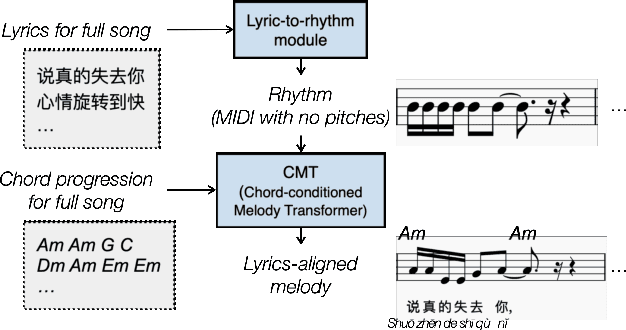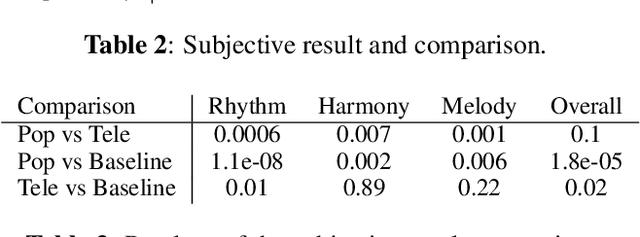Daiyu Zhang
Exploring the law of text geographic information
Sep 01, 2023Abstract:Textual geographic information is indispensable and heavily relied upon in practical applications. The absence of clear distribution poses challenges in effectively harnessing geographic information, thereby driving our quest for exploration. We contend that geographic information is influenced by human behavior, cognition, expression, and thought processes, and given our intuitive understanding of natural systems, we hypothesize its conformity to the Gamma distribution. Through rigorous experiments on a diverse range of 24 datasets encompassing different languages and types, we have substantiated this hypothesis, unearthing the underlying regularities governing the dimensions of quantity, length, and distance in geographic information. Furthermore, theoretical analyses and comparisons with Gaussian distributions and Zipf's law have refuted the contingency of these laws. Significantly, we have estimated the upper bounds of human utilization of geographic information, pointing towards the existence of uncharted territories. Also, we provide guidance in geographic information extraction. Hope we peer its true countenance uncovering the veil of geographic information.
Modeling the Rhythm from Lyrics for Melody Generation of Pop Song
Jan 03, 2023



Abstract:Creating a pop song melody according to pre-written lyrics is a typical practice for composers. A computational model of how lyrics are set as melodies is important for automatic composition systems, but an end-to-end lyric-to-melody model would require enormous amounts of paired training data. To mitigate the data constraints, we adopt a two-stage approach, dividing the task into lyric-to-rhythm and rhythm-to-melody modules. However, the lyric-to-rhythm task is still challenging due to its multimodality. In this paper, we propose a novel lyric-to-rhythm framework that includes part-of-speech tags to achieve better text setting, and a Transformer architecture designed to model long-term syllable-to-note associations. For the rhythm-to-melody task, we adapt a proven chord-conditioned melody Transformer, which has achieved state-of-the-art results. Experiments for Chinese lyric-to-melody generation show that the proposed framework is able to model key characteristics of rhythm and pitch distributions in the dataset, and in a subjective evaluation, the melodies generated by our system were rated as similar to or better than those of a state-of-the-art alternative.
 Add to Chrome
Add to Chrome Add to Firefox
Add to Firefox Add to Edge
Add to Edge